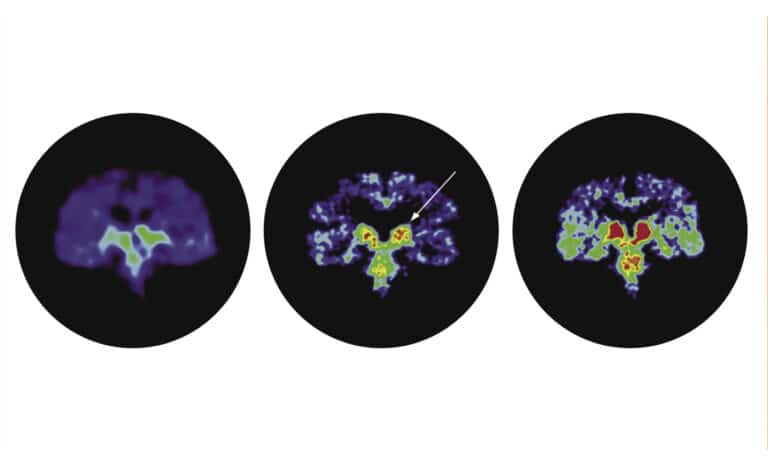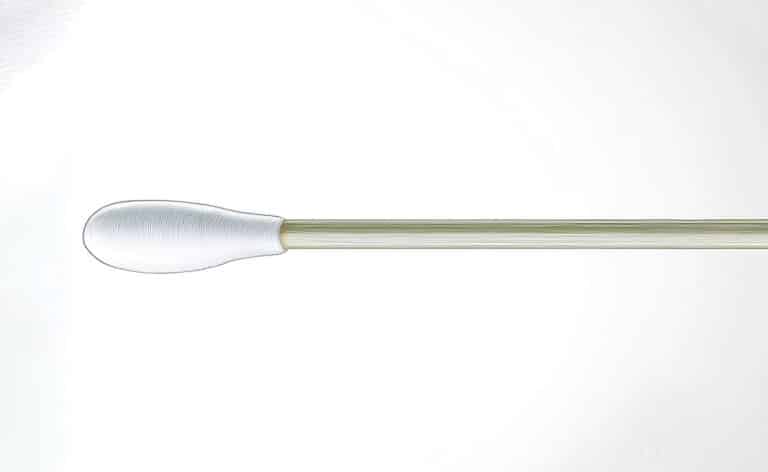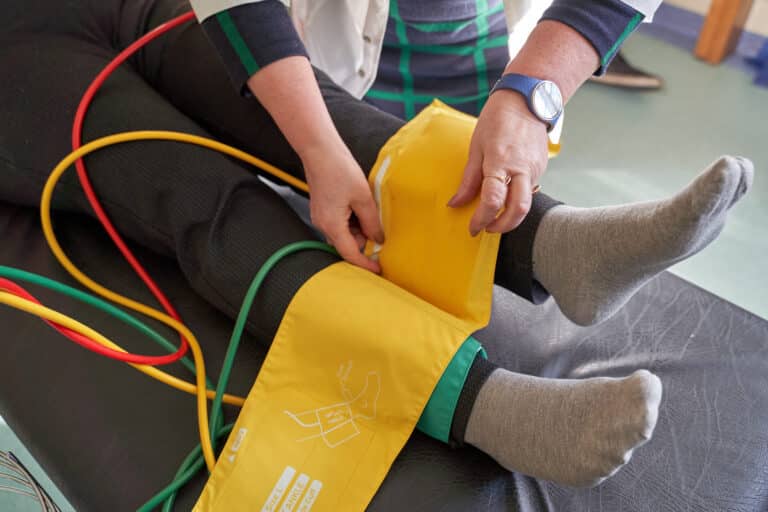Know the difference between types of care
In an instant, everything can change — a sharp pain, an unexpected rash, or a child’s cry in the night can leave us scrambling to act. Navigating the healthcare system in these critical moments can feel like solving a puzzle.
We must quickly decide: Is this a case for the emergency room, an urgent care center, our primary physician, or a pharmacist? Each option serves a unique role in addressing medical needs.
Understanding these differences is crucial for making informed, timely decisions, which can save time, money, and potentially lives.
Moshe Dissen, MD, an internist with Ascension Medical Group Illinois, highlights the distinctions between various types of care to help people decide on the right care at the right time.
Emergency room vs. urgent care
A 2019 UnitedHealth Group study revealed that, of the 27 million annual emergency room visits by privately insured individuals, about 18 million — two-thirds — were potentially avoidable. These visits could have been managed in a primary care setting rather than an emergency room.

Keep in mind, though, that patients often face long wait times as the ER prioritizes cases based on severity.
Urgent care facilities handle non-life-threatening issues needing prompt attention,with extended hours and walk-in availability. Dissen says they are ideal for minor injuries, illnesses, and diagnostic tests, making them a practical alternative to emergency rooms. “Reserve urgent care for situations that need quick attention but are not life-threatening and that can’t wait for a primary care appointment,” he says. “If unsure, consult your primary
care physician’s office for guidance.”
Urgent care typically has shorter wait times and lower costs than the emergency department for timely treatment of non-critical conditions.
Primary care physician vs. pharmacist
Primary care physicians (PCPs) offer routine physicals and preventive care. “Seeing your PCP is generally the best choice for routine and preventive care, chronic disease management, and non-urgent health issues,” Dissen says. “This provides the benefit of continuity of
care and personalized care.”
PCPs also handle basic acute care for minor infections and injuries, and they can make specialist referrals when needed. “Primary care focuses on long- term, patient-provider relationships, continuity, and overall health and wellness,” Dissen says.
Pharmacy clinic care, offered by pharmacists in retail or community settings, includes medication management, preventive services, and minor acute care. These clinics also provide immunizations, health screenings such as blood pressure checks, and treatment for issues such as allergies, or cold and flu.
In the midst of a sudden health concern, knowing where to turn is critical. Understanding the roles of emergency rooms, urgent care centers, primary care physicians, and pharmacy clinics will help you feel confident in the choices you make when medical situations arise.
Originally published in the Fall 2024/Winter 2025 print issue.

Janis MVK is the founder of a content writing and marketing creation house, specializing in the art of words and marketing management.










